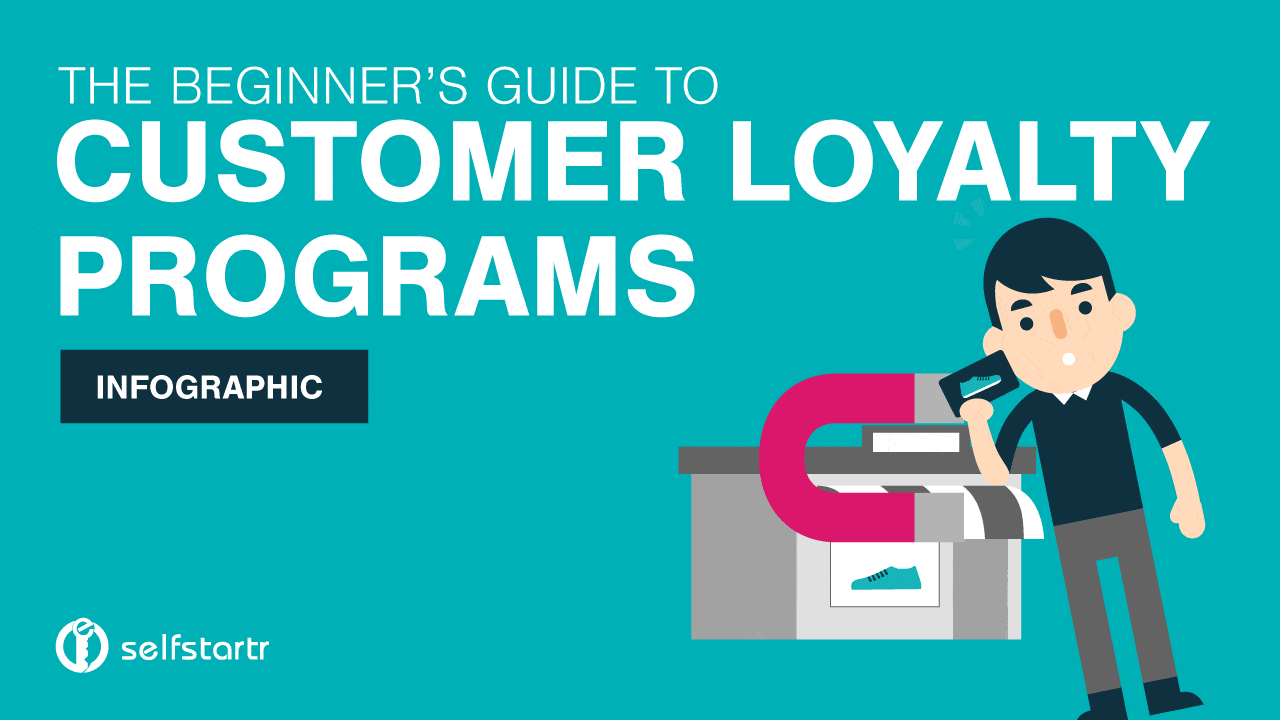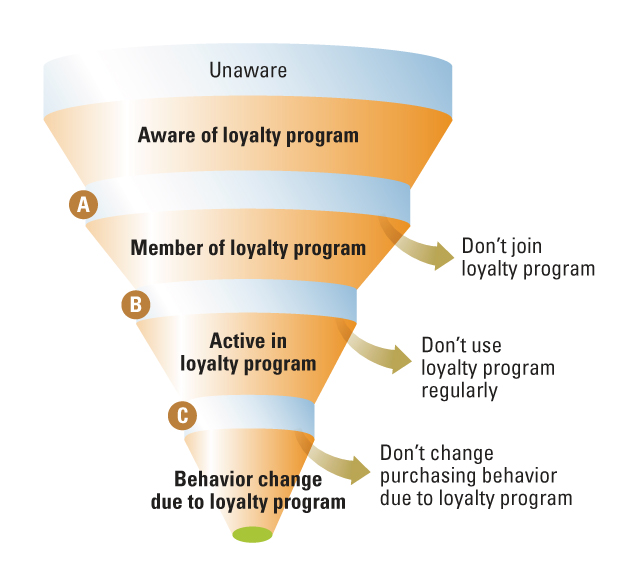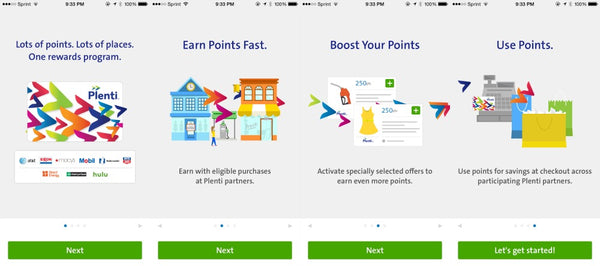All Categories
Featured
Table of Contents
In 7410, Derick Hoover and Danna Doyle Learned About Subscriber List

What if you could grow your business without increasing your spending? In truth, what if you could in fact reduce your costs but increase your sales, year after year? Would you do it? If you're a business owner, then you'll likely give a resounding 'yes', a basic answer to an even easier concern.
A rewards program tracks and rewards certain spending behavior by the client, offering unique advantages to faithful customers who continue to shop with a particular brand name. The more that the client invests in the shop, the more benefits they receive. Over time, this incentive develops faithful customers out of an existing consumer base.

Even if you already have a benefit program in place, it's an excellent concept to dig in and totally comprehend what makes consumer commitment programs work, along with how to carry out one that costs you little money and time. Don't stress, I'll help you with that. I'll break down the main advantages of a commitment program and the very best ways to create faithful clients.
Let's dig in. Client loyalty is when a customer returns to work with your brand over your rivals and is largely influenced by the positive experiences that the customer has with your brand. The more positive the experience, the more likely they will return to patronize you. Customer commitment is exceptionally essential to organizations due to the fact that it will help you grow your organization and sales faster than a simple marketing strategy that concentrates on hiring new customers alone.
A couple of ways to measure client loyalty consist of:. NPS tools either send a brand performance survey by means of e-mail or ask customers for feedback while they are going to a business's website. This info can then be used to much better comprehend the possibility of client commitment. A repurchase ratio measures the ratio of repeat purchasers versus one-time buyers.
Customer commitment index (CLI). The CLI tracks client commitment with time and resembles an NPS study. However, it considers a few additional elements on top of NPS like upselling and repurchasing. These metrics are then used to examine brand commitment. A consumer commitment program is a marketing strategy that rewards consumers who make purchases and engage with the brand name on a continued basis.
Client rewards programs are created to incentivize future purchases. This motivates them to continue doing organization with your brand name. Consumer commitment programs can be set up in various ways. A popular client loyalty program benefits customers through a points system, which can then be spent on future purchases. Another kind of consumer commitment program might reward them with member-exclusive benefits or totally free gifts, or it might even reward them by contributing money to a charity that you and your consumers are mutually enthusiastic about.
In 20191, Yadiel Butler and Nina Navarro Learned About Business Owners
By using benefits to your customers for being devoted and encouraging, you'll build a connection with them, deepening their relationship with your brand and ideally making it less most likely for them to change to a competitor. You have actually most likely seen consumer commitment programs in your own shopping experience, whether at your preferred cafes or your most frequented grocery shops.
But simply because everybody is doing it doesn't suggest that's an excellent sufficient reason for you to do it too. The much better you understand the advantages of a client rewards program, the more clarity you will have as you create one for your own store. You will not be sidetracked by exciting advantages and complex commitment points systems.
Remember: work smarter, not harder. Client retention is the primary benefit of a rewards program that acts as a structure to all of the other advantages. As you supply rewards for your existing consumer base to continue to buy from your store, you will offer your store with a constant circulation of money month after month.
By growing your retention rate, you can stop investing as much time or money on increasing your general variety of customers. Why is this important? Loyal consumers have a higher conversion rate than brand-new clients, meaning they are more most likely to make a deal when they visit your store than a new customer.
By increasing your retention rate by only 5 percent, you can increase your revenues by 25 percent and as much as by 95 percent. Needless to say, your retention rate matters. Secret Takeaway: If you want to considerably increase your earnings, supply incentives for your existing clients to continue to patronize your store.
And you won't need to spend money on marketing to get them there. Consumer acquisition (aka bringing in new customers) takes a great deal of effort and cash to persuade total strangers to trust your brand name, concerned your shop, and attempt your items. In the end, any money made by this brand-new client is eclipsed by all of the cash spent on getting them there.
Secret Takeaway: If you desire to reduce spending, focus on client retention rather of client acquisition. When you concentrate on offering a favorable tailored experience for your existing consumers, they will naturally tell their loved ones about your brand name. And with each subsequent deal, devoted clients will inform much more individuals per transaction.
In 32927, Nathalia Wolfe and Luka Dodson Learned About Prospective Client
The best part? Because these new consumers came from trusted sources, they are more most likely to develop into devoted clients themselves, investing more on average than brand-new customers brought in by other marketing efforts. The Chase Ultimate Benefits program, for example, uses major perks for individuals who take a trip a lot.
The 'supreme rewards' that Chase cardholders receive include 2x points per dollar spent on all travel purchases as well as primary rental cars and truck insurance, no foreign transaction charges, journey cancellation insurance coverage, and purchase security. For individuals who travel a lotand have disposable income to do sothere is a massive incentive to spend cash through the ultimate benefits program.
This whole process makes redeeming rewards something worth boasting about, which is exactly what lots of cardholders end up doing. And to help them do it, Chase offers a bonus offer for that too. Secret Takeaway: Make it easy for your customers to boast about you and they will get the word out about your buy complimentary.
When you get the essentials down, then utilizing a commitment rewards app can help take care of the technical details. Here are the actions to start with developing your client commitment program. No customer wishes to purchase items they don't desire or require. The same opts for your commitment program.
And the only way to customize an irresistible client commitment program is by intimately understanding your customer base. The finest way to do this? By executing these techniques: Build client contact info wherever possible. Guarantee your service is continuously building a detailed contact list that enables you to gain access to existing consumers as typically and as easily as possible.

Track customer habits. Know what your clients want and when they want it. In doing so, you can expect their wants and needs and offer them with a commitment program that will please them. Classify client personal traits and preferences. Take a multi-faceted technique, do not restrict your commitment program to just one opportunity of success.
Encourage social networks engagement. Frame techniques to engage with your customers and target audience on social networks. They will soon offer you with extremely insightful feedback on your services and products, enabling you to much better understand what they expect from your brand. Once you have actually worked out who your clients are and why they are working with your brand, it's time to decide which kind of loyalty rewards program will encourage them to stay loyal to you.
In 30281, Alexus Barajas and Yadiel Hayes Learned About Agile Workflows
Nevertheless, the most typical customer loyalty programs centralize around these primary ideas: The points program. This kind of program focuses on fulfilling clients for each purchase they make with points in a point system. These points can then either be used on future purchases or put towards some type of reward.
The paid program. This kind of program needs consumers to pay a one-time or annual cost to join your VIP list. Loyalty members who belong to this list have the ability to gain access to special benefits or member-exclusive benefits. The charity program. This kind of program is a little bit various than the others.
This is attained by encouraging them to do company with the brand and, in return, their loyalty will be rewarded with a contribution to a charity. The tier program. This type of program focuses on increasing levels of brand name loyalty. The more devoted a consumer is to a brand name, the higher tier they will reach and the much better the rewards they will get.
This type of program is just as it sounds, where one brand partners with another brand to supply their cumulative audiences with special member discount rates or deals that they can redeem while doing service with either brand. The community program. This kind of program incentivizes brand loyalty by offering its members with access to a similar community of individuals.
This kind of program is fairly comparable to paid programs, however, the subscription fee takes place regularly instead of a one-time payment. Next, select which client interactions you want to reward. Base these rewards around which interactions benefit your service the a lot of. For example, to assist your company out, you can offer action-based benefits like these: Reward customers more when working with your brand name during a sluggish period of the year or on a notoriously sluggish day of business.
Reward customers for engaging with your brand on social media. Incentivize specific items you are attempting to move rapidly. Incentivize purchases that are over a particular dollar amount. The idea is to make your customer loyalty program as simple as possible for your clients to utilize. If your client commitment program isn't staff friendly, isn't easy to track, is too expensive to run, or isn't easy for your clients to use or comprehend, then staff and customers alike probably won't take benefit of it.
To get rid of these barriers to entry, think about incorporating a consumer commitment software that will assist you keep top of all of these aspects of your program. Some quality customer program software consist of:. CandyBar is a digital punch card program. It works by tracking your consumer's purchases through an app on a computer, phone, or tablet.
In 22191, Madelyn Trujillo and Clara Wu Learned About Online Community
Loyalty members can then check their benefits by means of text and entrepreneur can use the program to call their customers. Yotpo. Yotpo is a cloud-based customer commitment platform exclusively for eCommerce companies. This software application is especially good at gathering every kind of user-generated material, valuable for customizing a much better customer experience.
Loopy Loyalty is an useful customer commitment software for services that primarily utilize Google Wallet or Apple Pay as their payment platforms. The software application creates a digital commitment card that sends out push notifications to their clients' phones when they remain in close distance to their brick and mortar shop. Once you've made the effort to choose which customer loyalty methods you are going to execute, it's time to start promoting and signing up your very first loyalty members.
Usage in-store ads, integrate call-to-actions on your website, send out promos via e-mail newsletters, or upload marketing posts on social networks to get your consumers to join. It is necessary to understand the primary advantages of a consumer rewards program so that you can create a personalized experience for both you and your consumer.
Believe about it. You understand what type of items your consumers like to buy however do you understand what brings them back, day after day, week after week? What makes them pick your store over the store throughout the street? What makes them your client and not the client of your greatest rival? Surprisingly, the answers to these concerns don't boil down to discount rates or quality items.
Table of Contents
Latest Posts
10 Good Deeds In Web Design - Nielsen Norman Group Tips and Tricks:
The Top 10 Most Important Elements Of A Website Design Tips and Tricks:
Wicky Design: Philadelphia Web Design Tips and Tricks:
More
Latest Posts
10 Good Deeds In Web Design - Nielsen Norman Group Tips and Tricks:
The Top 10 Most Important Elements Of A Website Design Tips and Tricks:
Wicky Design: Philadelphia Web Design Tips and Tricks: